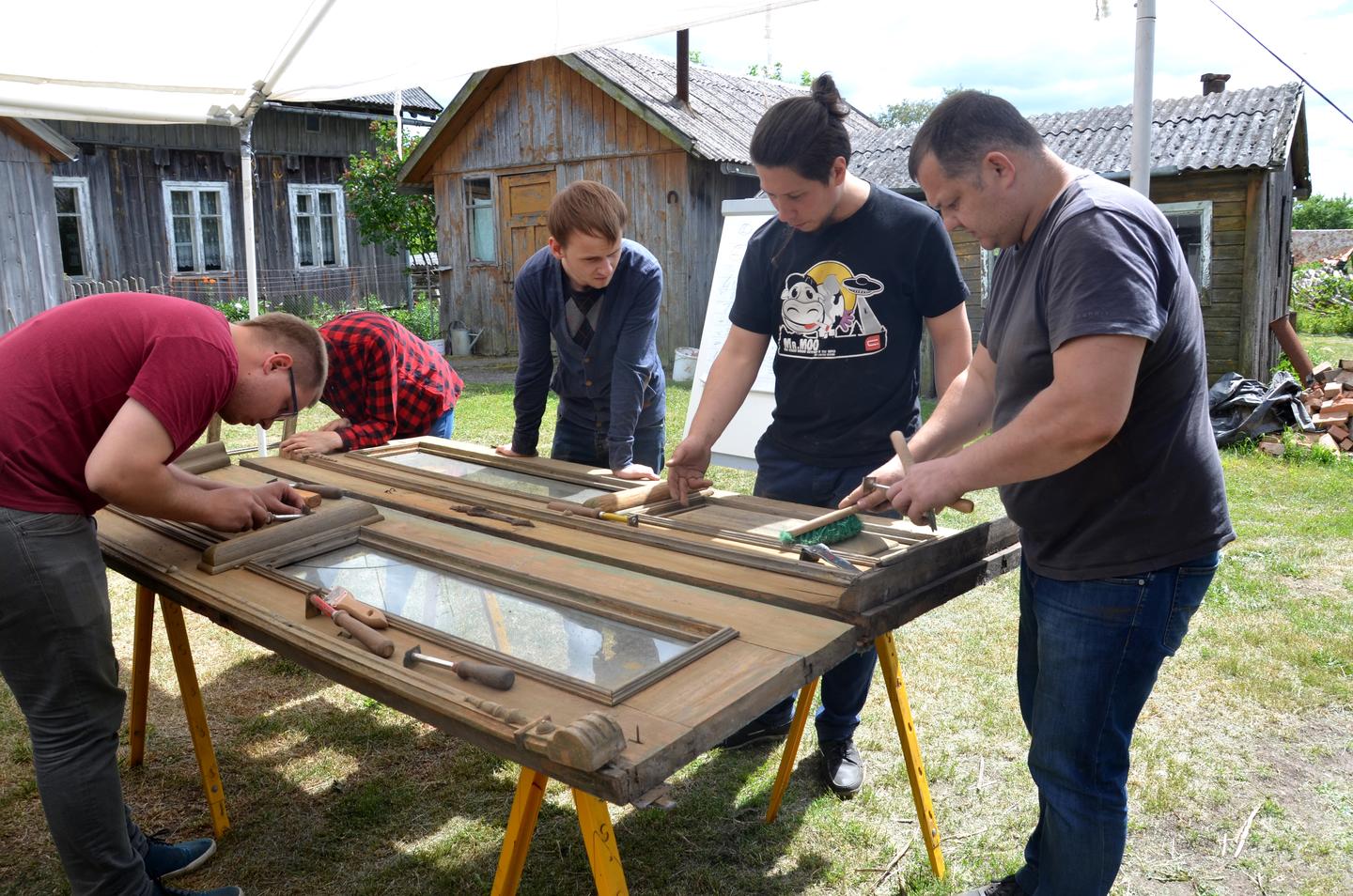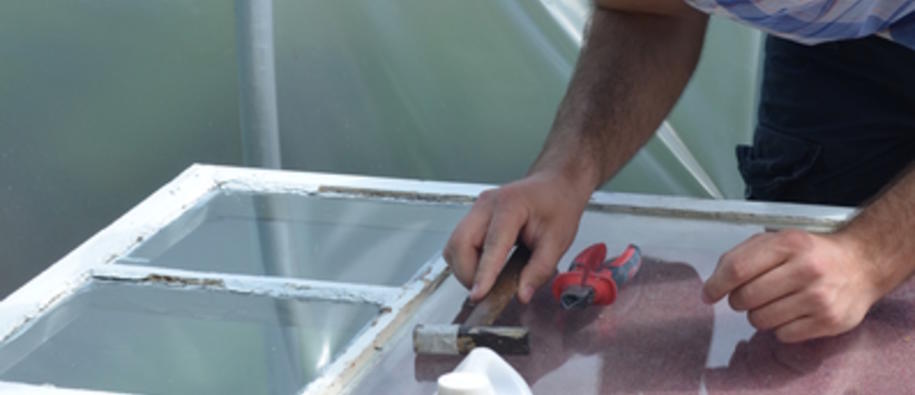This article was reproduced courtesy of Dalia Stabrauskaitė (Lithuanian Ministry of Culture)
Wooden buildings were pre-dominant in Lithuania until the second half of the 20th century, and while wars, fires and reconstructions destroyed many of them, there are still a lot of wooden structures left – both in the Lithuanian countryside and in the cities. Unfortunately, there is a tendency to underestimate the value of this distinctive heritage, and the lack of knowledge about preservation and protection of wooden heritage is the main reason for its decay.
The importance of wooden heritage preservation
With support from Iceland, Liechtenstein and Norway through the Lithuanian ‘Conservation and Revitalisation of Cultural and Natural Heritage' programme, a series of workshops were organised by the Ministry of Culture in Lithuania in cooperation with the Norwegian Directorate for Cultural Heritage, the Academy of Cultural Heritage and the Association of Wood Craftsmen. More than 100 participants took part in the workshops, and among the participants were both owners of wooden buildings, architects, students, restorers and people interested in preservation and restoration of wooden structures.
"The workshops proved to be very successful. Not only did the participants acquire useful skills, but the workshops also contributed to changing attitudes to the importance of wooden heritage preservation," says Dalia Stabrauskaitė who manages the Lithuanian programme for ‘Cultural and Natural Heritage‘.
"Some of the participants were surprised that the preservation work can be done by themselves, and they expressed determination to apply the acquired skills at their own wooden houses. Already we know that some of the participants have decided to apply their new skills and restore their wooden houses instead of just changing old parts with new ones,“ Dalia concludes.
Traditional methods and materials
Each workshops took place in different towns or villages in Lithuania, and during the training, the participants were guided through all stages of restoration using traditional methods and materials only. In addition to the practical activities, the programme was complemented by lectures, discussions and excursions aiming to provide the participants with a deeper understanding of wooden heritage values and ways to preserve it. All activities were led by professional Lithuanian craftsmen in cooperation with Norwegian experts recommended by the Norwegian Directorate for Cultural Heritage. Lithuanian craftsman, Kęstutis Cikanas, underlines how important these workshops are:
"The atmosphere was really great. Even families with children participated - and the children learnt how to scratch off paint, remove metal parts and use wood putty. While we won't see the results tomorrow or the day after, these children will once grow up to be conscious heritage preservers."
Architect and craftsman Vegard Røhme led a session on how to restore and preserve old wooden windows:
"Most of the participants in my course were owners of wooden buildings, wanting to learn more about how to preserve and restore old wooden structures. It was a great session with teachable and interested participants, and I really enjoyed being a part of the workshop and working together with local craftsmen from Lithuania,“ says Røhme.
Bilateral funds on programme level
The workshops were financed by the EEA and Norway Grants fund for bilateral relations on programme level. This funding is intended to help facilitate the search and development of partnerships, networking, exchange, sharing and transfer of knowledge between entities in the beneficiary countries, donor countries and international organisations within the relevant programme areas.

